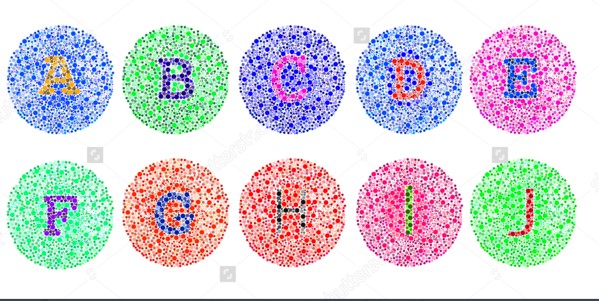Many people aren’t aware of one of the most attractive features of direct mail: the ability to constantly test and refine your campaigns, ensuring your message is always evolving to maximise your reach and improve your responses. As direct mail experts, we have all the direct mail tools and expertise you need to successfully execute an A/B testing campaign.
What is A/B testing?
A/B testing enables you to uncover what works best and what does not, continuously improving your ‘control’ pack. Begin your campaign with two alternative mailings, A and B. If possible make the test changes meaningful by which we mean clearly different e.g. one with a lift piece one without or one creative vs. another.
Build in a system that allows you to track the response from each of the two mailings. This could be a scannable barcode which indicates which mailing the response comes from or a unique customer code, for instance. Once responses start coming in, it becomes easy to measure and compare the response rates from the two mailings. Keep a daily record it will really help later on.
What to test
Later when you have the confidence that you are achieving a Return on your Investment you might test out visual tweaks to your campaign: changes in colour scheme, images, layout and font. Changes in the envelope presentation, for example, or in whether key parts of the text or greeting are handwritten or typeset, can also prove significantly affect response rates. Valuable feedback can also be gained from testing changes to copy and the offer contents itself. You might shorten or extend the deadline on an offer, or trial a rebate scheme, for example, against a two-for-one offer. Changes in the target group (who you are mailing) are also great fodder for A/B testing.
One step at a time
Now, let’s imagine you’ve done your first A/B test—with varying offers, say—and evaluated the responses. For your next mailing, use the more successful offer from the first mailing for both your A and B groups, but vary something else—perhaps the layout or the greeting. This time, did group A or B yield a higher response rate?
Incorporate your results into your third mailing but this time test yet another variable. Monitor every response you receive daily so that you can forecast results, learn lessons and implement them, in realtime, without waiting until an offer ends.
Cut the cake into different-sized pieces
While the standard A/B test involves a 50/50 split, there might be other lower risk ways to trial a new campaign idea. Try a 70/30 or even 90/10 split for a new idea that might be high risk in a standard 50/50 scenario. Of course, the greater the difference in size between the “control” and the test pack, the larger the mailing may need to be to give meaningful results.




